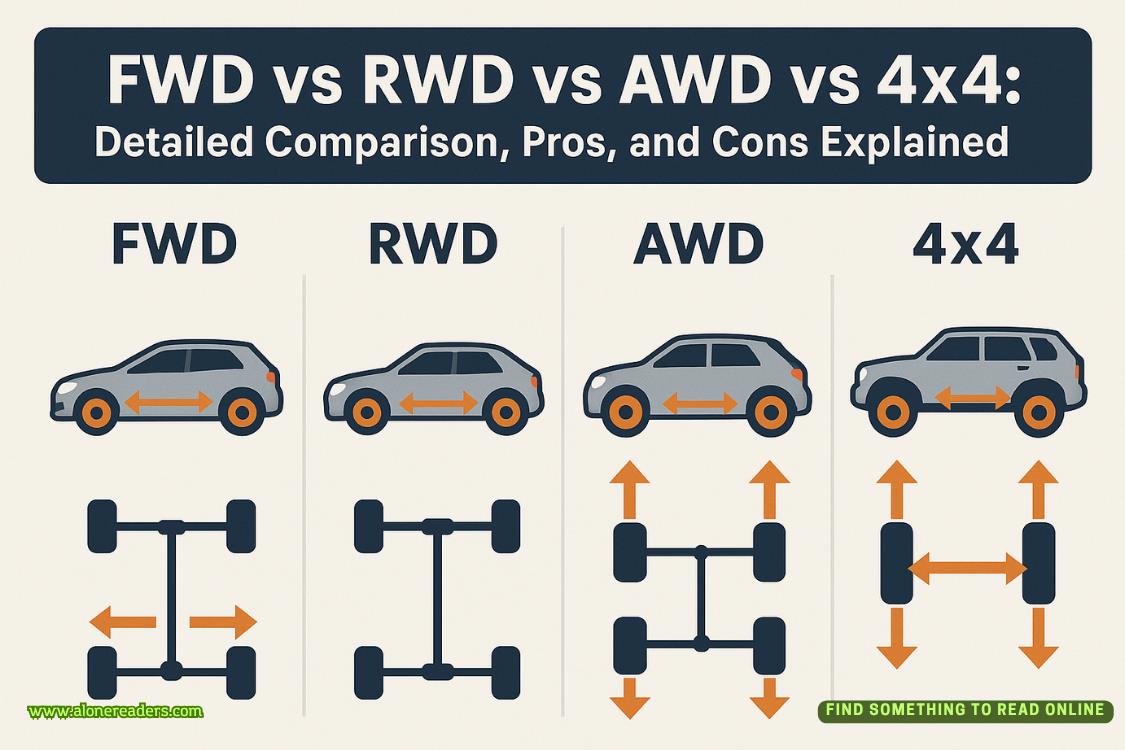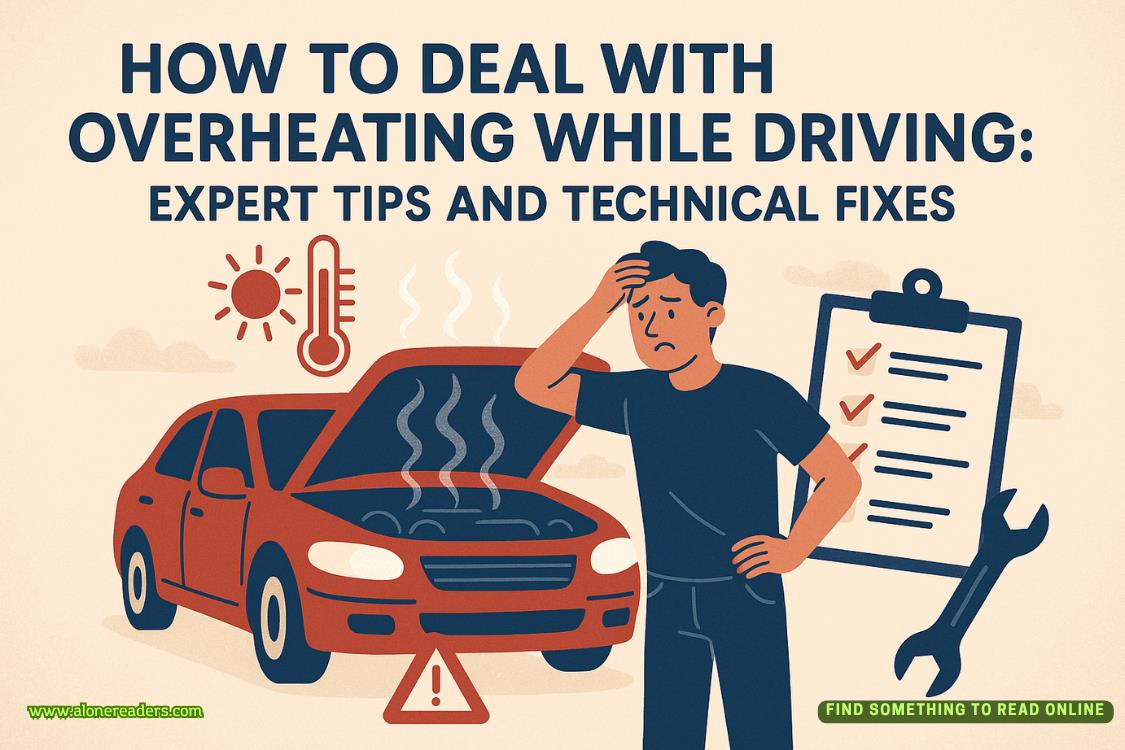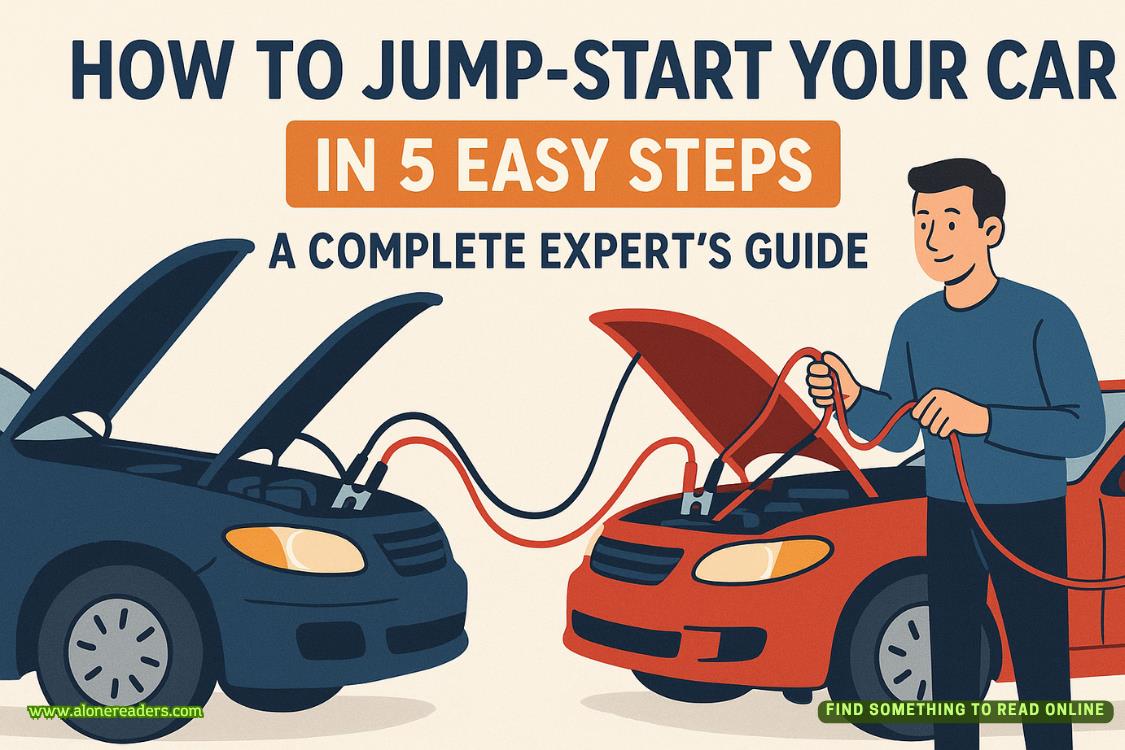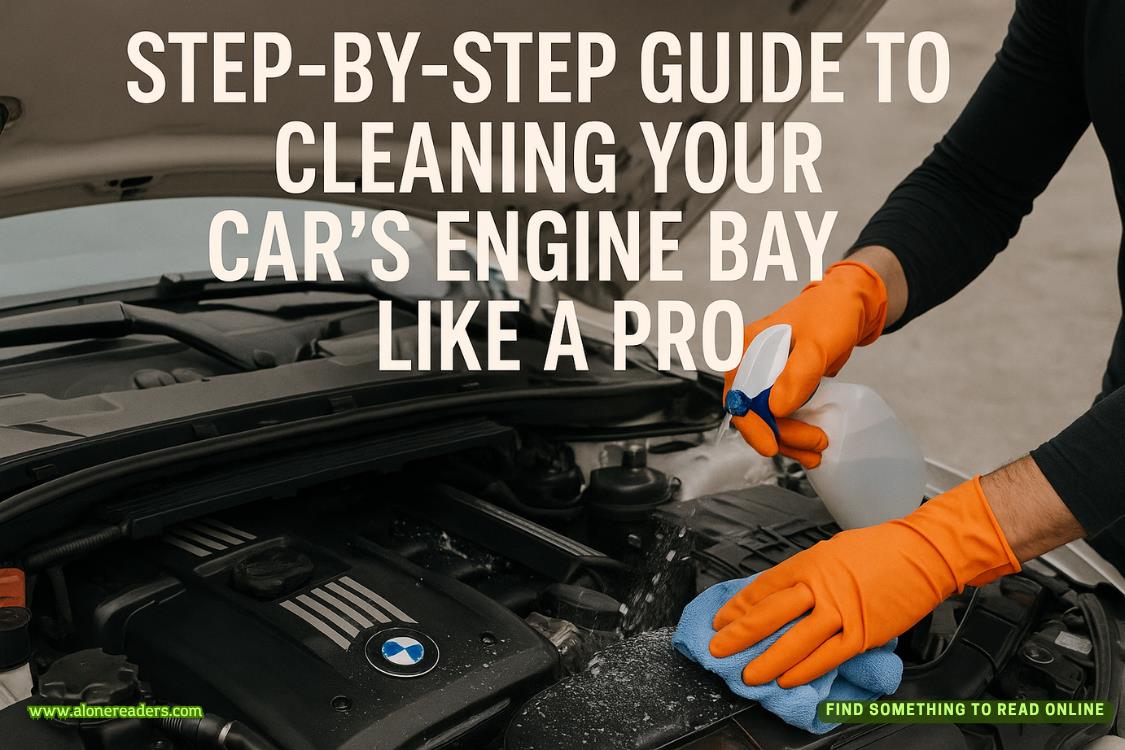Page 65 of The Armor of Light
They sat down. Canon Midwinter stood up and called for quiet, then he said: ‘Welcome to the first meeting of the Kingsbridge Socratic Society.’
Those at the back applauded.
Midwinter went on: ‘God has given us the ability to learn, to understand the world around us: night and day, the winds and the tides, the grass that grows and the creatures that feed on it. And he gave that ability to all of us, rich and poor, low-born and high. For hundreds of years Kingsbridge has been a centre of learning, and this new society is the latest manifestation of that hallowed tradition. May God bless the Socratic Society.’
Several people said: ‘Amen.’
Midwinter went on: ‘Our speaker tonight is Mr Roger Riddick, recently graduated from Oxford University. He will speak about the solar system. Over to you, Mr Riddick.’
Roger got up and stood at the table. He looked relaxed, Spade thought; perhaps he had done this sort of thing at the university. Before speaking he turned a full circle slowly, looking at the audience with a pleasant smile. ‘If I spin round like this, but faster, it will look to me as if all of you were hurtling around me,’ he said, continuingto turn. ‘And when the Earth spins, creating night and day, it looks to us as if the sun is moving, coming up in the morning and going down in the evening. But appearances are deceptive. You’re not moving, are you? I am. And the sun is not moving – the Earth is.’ He stopped, saying: ‘I’m getting dizzy,’ and the audience laughed.
‘The Earth spins, and it also flies. It goes all the way around the sun once a year. Like a cricket ball, it can spin while it flies through the air. And the Earth is one of seven planets that all do the same. This is getting complicated, isn’t it?’
There were chuckles and murmurs of agreement. Spade thought: Roger is good at this – he makes it all sound like everyday common sense.
‘So I made a model to show how the planets go around the sun.’
People leaned forward in their seats as he opened the box on the table and took out a device that looked like a stack of small metal discs. Sticking up from the centre of the stack was a prong with a yellow ball at its end.
‘This is called an orrery,’ Roger said. ‘The yellow ball is the sun.’
Spade was pleased. This was going well. He caught sight of Sal and saw that she was glowing with pleasure.
Each disc in the stack had attached to it an L-shaped rod with a little ball stuck to its end. ‘The small balls are planets,’ Roger said. ‘But there’s one thing wrong with this model. Does anyone know?’
There was silence for a few moments, then Elsie said: ‘It’s too small.’
There was a murmur of disapproval at a woman speaking up, but Roger said loudly: ‘Correct!’
Elsie had not been to the grammar school, for girls were not allowed there, but Spade recalled that she had had a tutor for a while.
Roger said: ‘If this model were to scale, the Earth would be smaller than a teardrop and ten yards away across the room. In reality the sun is ninety-three million miles from Kingsbridge.’
They reacted to the impossibly large distance with sounds of amazement.
‘And they all move, as we’re about to see.’ He looked around the audience. ‘Who’s the youngest person here?’
Immediately a small voice said: ‘Me, me.’
Spade looked across the room and saw a boy with red hair standing up: Sal’s son, Kit. He was about nine years old, Spade guessed. People laughed at his eagerness, but Kit saw nothing funny. He was a rather serious child.
‘Come forward,’ Roger said. He turned to the audience. ‘This is Kit Clitheroe, born in Badford, like me.’
Kit came up to the table and they gave him a clap.
‘Just take hold of that handle gently,’ Roger said. ‘That’s right. Now turn it slowly.’
The planets began to move around the sun.
Kit was watching the effect of his turning with fascination. He said: ‘The planets all move at different speeds!’
‘Correct,’ said Roger.
Kit looked closer. ‘That’s because you’ve put gears in. It’s like clockwork.’ His tone was admiring.
Spade had guessed that Roger’s model used gearing, but he was surprised and impressed that a nine-year-old would figure that out. All mill hands worked with machines, of course, but not all of them understood how they worked.
Roger sent Kit back to his seat, saying: ‘In a few minutes everyone who wants to can have a go at turning the mechanism.’ Continuing with his lecture, he named the planets and gave their distances from the sun. He pointed out the moon, attached by a short rod to the earth, then explained that some of the other planets had one or more moons. He showed how the tilt of the earth made the difference between summer and winter. The audience was rapt.















